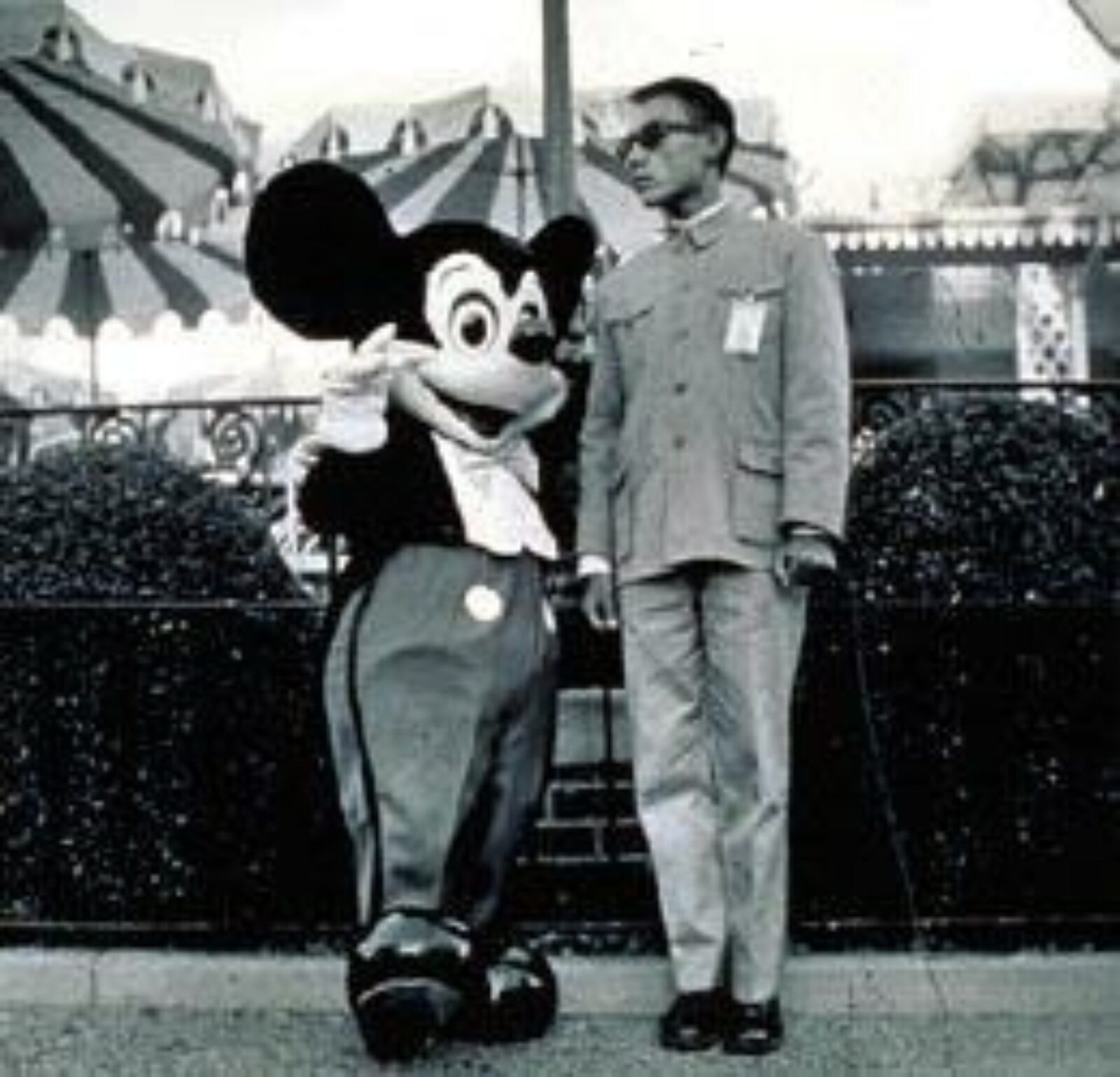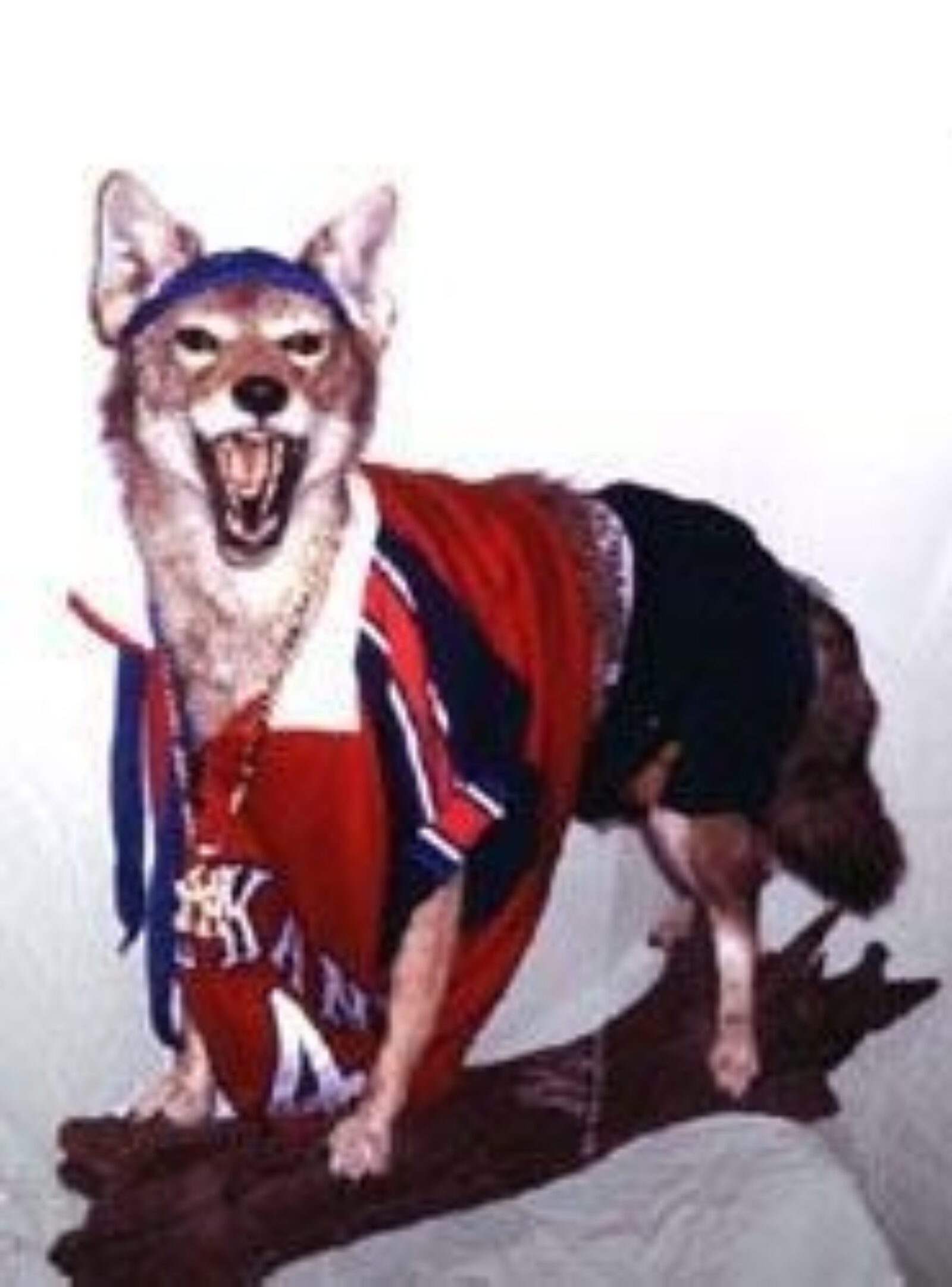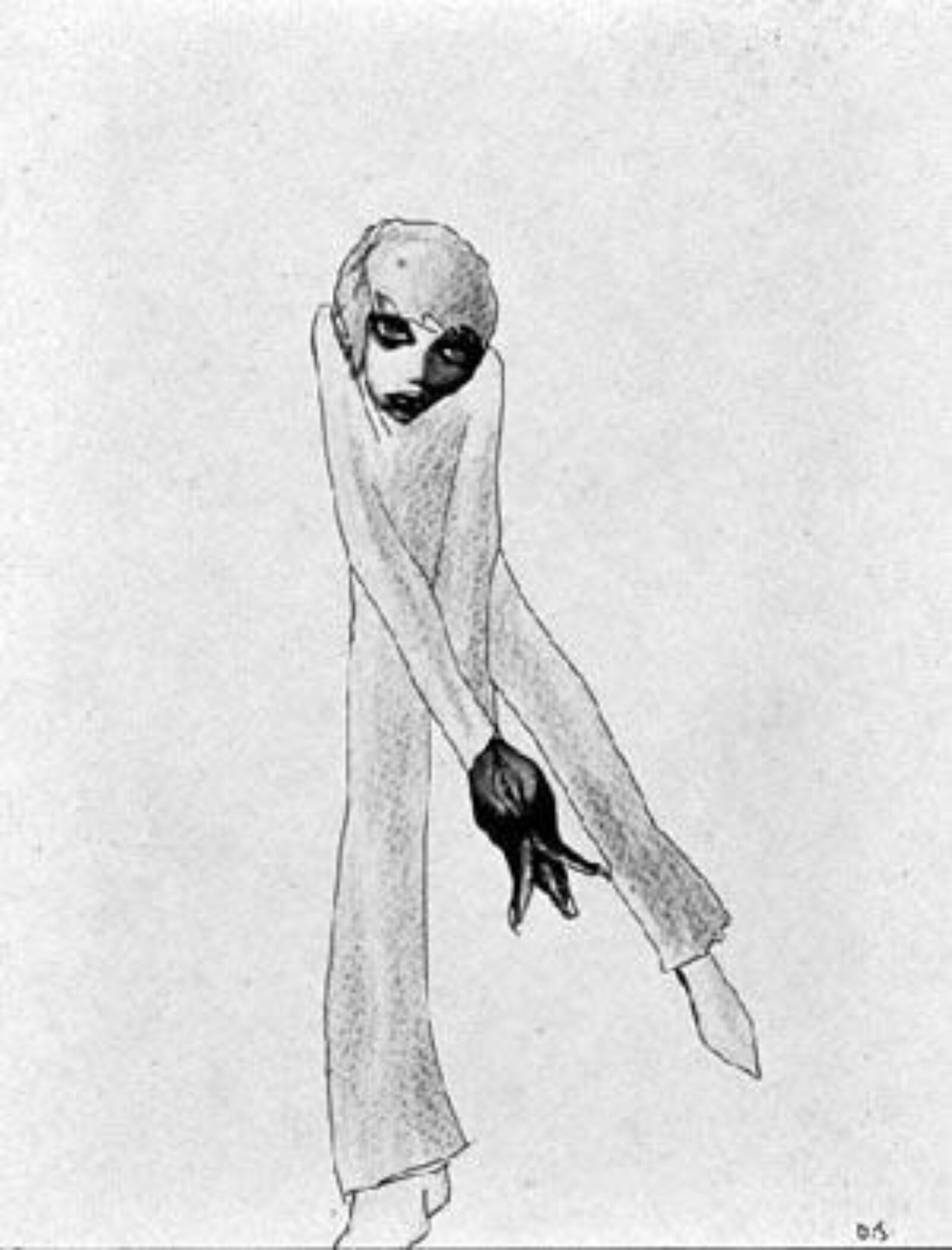









featured gallery for May 2003
Dress Up
Looking through the artists' slides in the Archive Project at Visual AIDS is a very intimate experience. I felt a surge of emotions ranging from being sad to being thankful and thought that this must be a small part of what it is like to live with HIV. As I got further into the archives, I found myself actually chuckling out loud -- the archive is full of over the top hysterical artworks! My mixed emotions turned into admiration for the artists' strength to produce such humorous works. Consequently, humor became my focus. I chose a peculiar combination of animals, costumes and fantasy, most bordering on the absurd. The title, Dress Up, not only refers to the outfits adorned, but also to the artists' ability to transform everyday banality into something comical and entertaining.
Karl Michalak's anthropomorphic drawing of seals clubbing a human baby is hilarious, sad and frightening all at the same time. He provides a comic approach to a serious situation that asks one to question humanity and power.
Enrico Filippi's pencil drawing of a woman in an unrealistic position supposedly watching television plunges immediately into one's sexual fantasy. Although titled T.V. Time, the focus does not seem to be on the act of watching T.V., but on the woman's sexually suggestive position.
Jonathan Leiter's collage appropriately titled In the Bedroom (Humpty), provides a lighthearted take on sex by juxtaposing a nursery rhyme character with a photograph of two men engaged in a sexual act.
Gregory Maskwa's painting is also accompanied by a witty title, Jungle Pussy. It is loaded with sexual innuendos and reminiscent of a thrift store landscape painting with a woman looking as if she stepped out of Playboy magazine.
Jorge Veras' ambiguous photograph of clubbers in fishnet stockings and platform shoes reveals a moment from a typical club scene in the late eighties to early nineties. The photograph is not only a tribute to this period, but also, perhaps, to the fun and unpredictable moments that accompanied it.
Thom Markee presents a painting of a man posing as a pony titled Party Pony. The brightly colored painting bears a resemblance to a "pin the tail on the donkey" poster, but not one intended for children.
Rene Capone's pencil and watercolor drawing titled Headlights, appears to unravel an incident involving a deer being hit by a car. In one area of the drawing a deer seems to be in a puddle of blood, while the boy looks as though he may be looking at the accident from another view. Whether the deer escapes alive is uncertain, but its tongue gesture adds an element of sarcasm to the deadly incident.
Tseng Kwong Chi's self-portrait posing as a Chinese dignitary at Disneyland with a Mickey Mouse character investigates commercialism and tourism through dark humor. The artist's stiff posture, monochrome costume and expressionless face deconstructs tourist photography and military portraiture all at once.
James K. Facknell presents a taxidermist coyote peculiarly clad in gold chains, a tracksuit outfit and bandana -- employing humorous techniques to comment on contemporary subcultures, fashion and consumerism.
Derek Jackson's graphite drawing of an unusual woman explores desire, affection and sexual ambiguity. The focus is on the woman's tender face and her altered hands, which render her almost semi-human.
